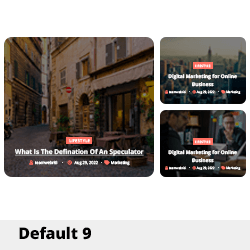Why you shouldn’t use AI to write your content…
Why Relying Solely on AI for Content Creation Can Be Risky
In recent discussions with several founders exploring AI-driven content generation tools like Byword, I have noticed a common belief: that pumping out hundreds of SEO-focused articles will significantly enhance their visibility and attract potential buyers. However, a critical examination of this approach reveals some concerning trends.
The Challenge of Conversion
Having spent nearly a decade in growth marketing within the SaaS sector, I have developed content strategies and built teams that have generated millions in revenue. Despite this experience, I find myself hesitant to publish a significant portion of the AI-generated content I encounter.
Many case studies highlight vanity metrics—such as increased traffic, impressions, or reduced content creation time—but few delve into the true impact on sales. The stark reality is that AI-generated content often lacks the uniqueness and compelling nature that captures the end user’s attention. While you might drive clicks with such content, it tends to have limited effectiveness in converting those views into actual sales.
The Right Approach to Utilizing AI
This isn’t to say AI has no place in content marketing; it simply needs to be leveraged strategically. Interestingly, while AI struggles with long-form content creation, it excels in other areas:
- Analyzing Trends: AI can sift through large datasets to identify valuable insights.
- Generating Ideas: With the right prompts, AI can propose creative uses for data insights.
- Segmenting Content: AI can efficiently break down long-form content into digestible and shareable formats.
To maximize the benefits of AI in your content strategy, focus its application on tasks that enhance efficiency. For example, I’ve achieved remarkable results—particularly in terms of sales—by utilizing AI to streamline labor-intensive analyses.
Customizing AI for Your Needs
Merely relying on a basic AI model like ChatGPT may not yield the desired results, as it often lacks the specificity necessary for substantial outcomes. Instead, I recommend creating Custom GPTs tailored to your established systems and workflows.
In my own experience, I trained a Custom GPT to pinpoint the most common questions surrounding topics I provide. This is akin to preparing a bottom-of-funnel (BoFu) content campaign. By inputting a few insights about my audience, the Custom GPT generates approximately 12 relevant content ideas centered on high-intent users.
I also implemented this method for drafting content briefs and deciding what key points to address. Additionally, I applied it to transform a single long-form article into multiple








Post Comment